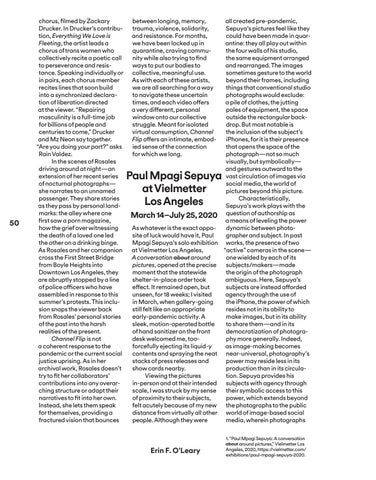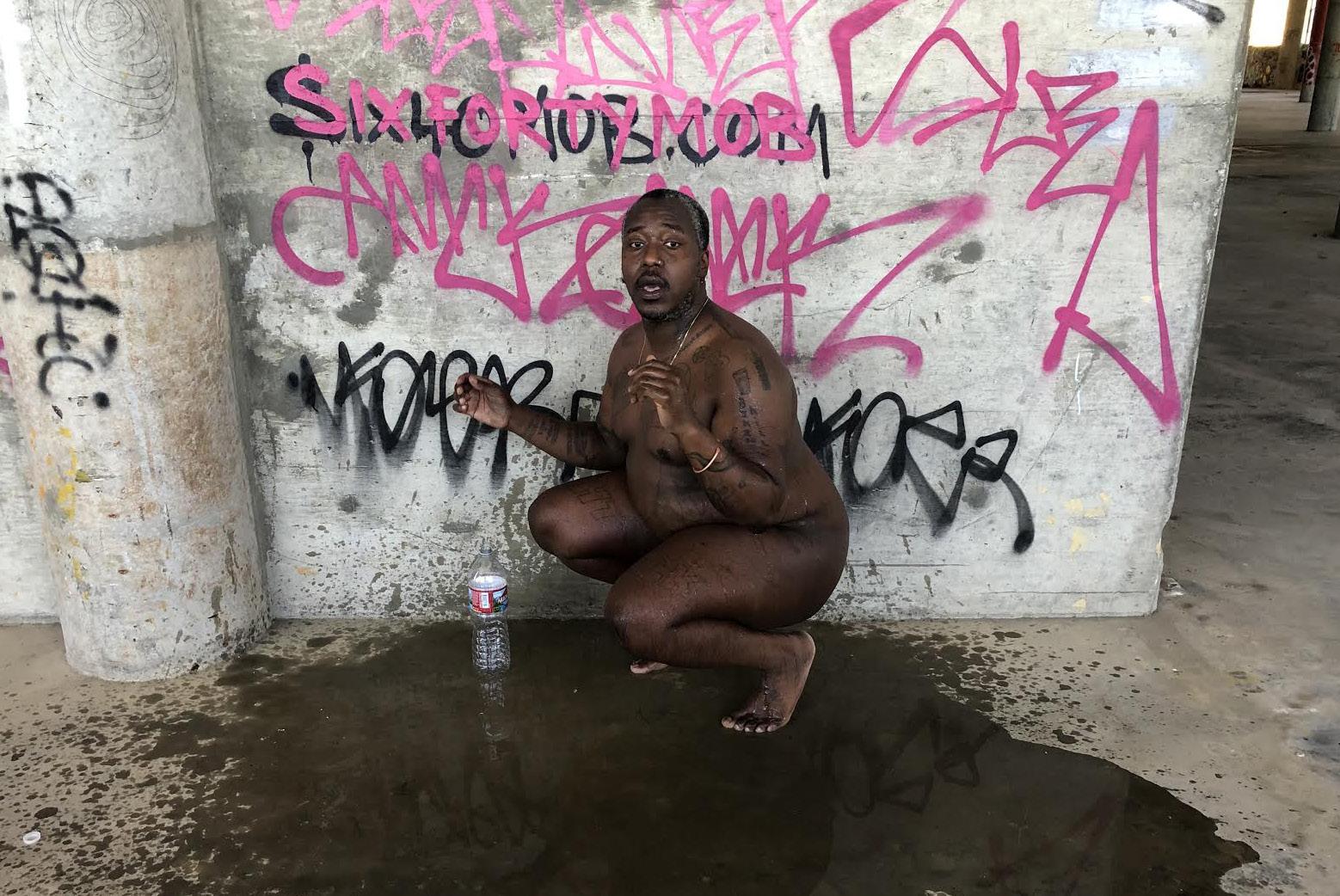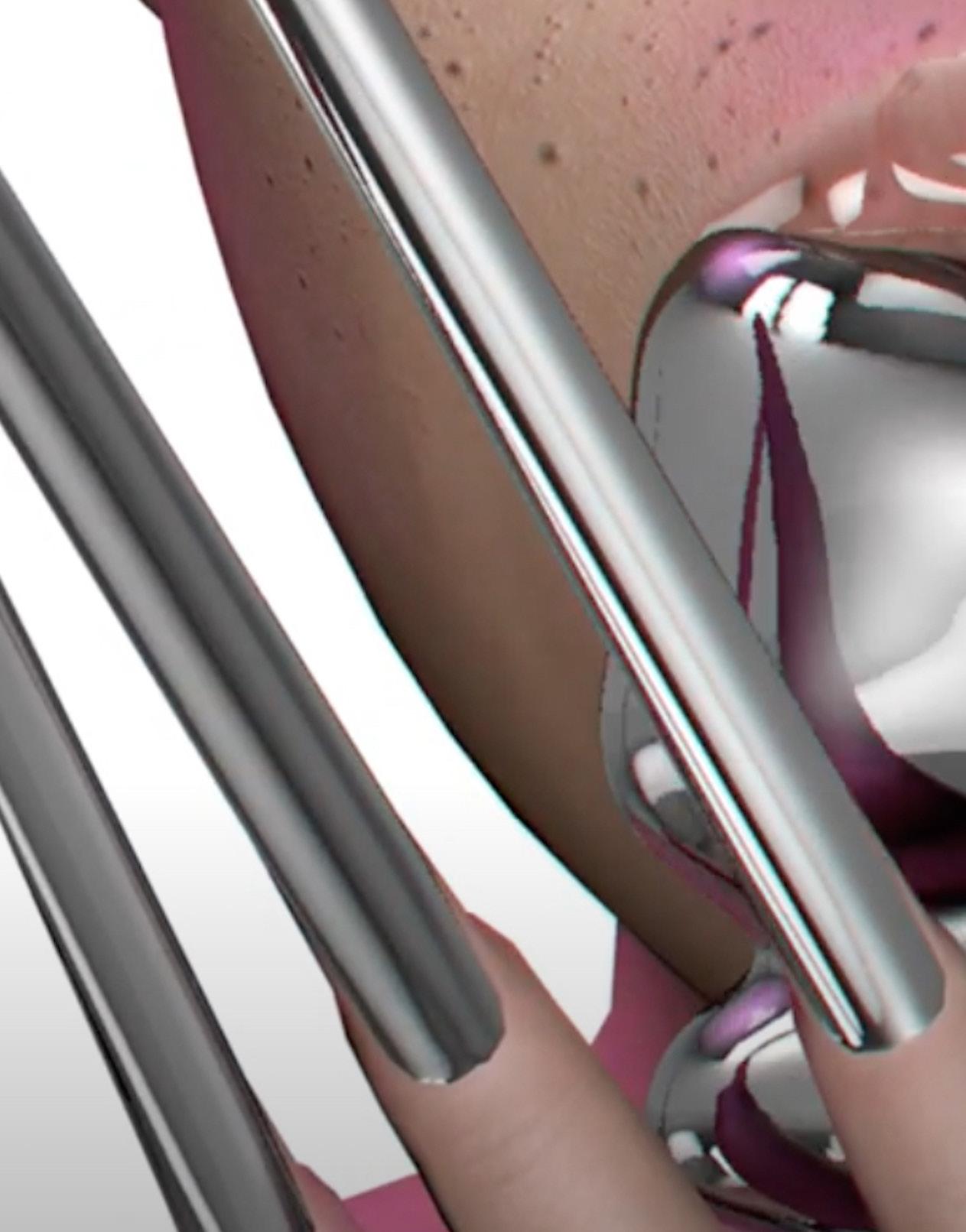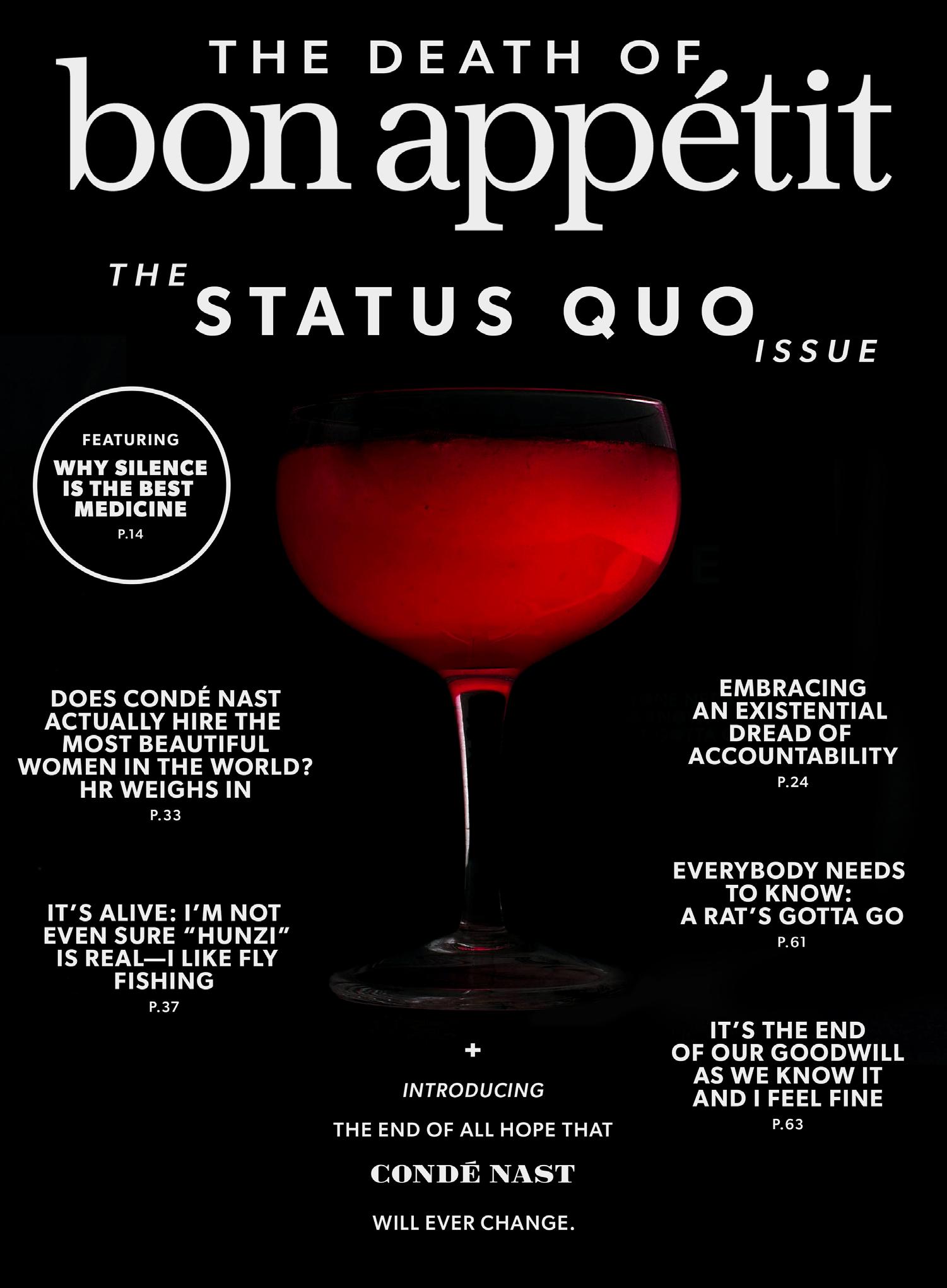50
chorus, filmed by Zackary Drucker. In Drucker’s contribution, Everything We Love is Fleeting, the artist leads a chorus of trans women who collectively recite a poetic call to perseverance and resistance. Speaking individually or in pairs, each chorus member recites lines that soon build into a synchronized declaration of liberation directed at the viewer. “Repairing masculinity is a full-time job for billions of people and centuries to come,” Drucker and Mz Neon say together. “Are you doing your part?” asks Rain Valdez. In the scenes of Rosales driving around at night—an extension of her recent series of nocturnal photographs— she narrates to an unnamed passenger. They share stories as they pass by personal landmarks: the alley where one first saw a porn magazine, how the grief over witnessing the death of a loved one led the other on a drinking binge. As Rosales and her companion cross the First Street Bridge from Boyle Heights into Downtown Los Angeles, they are abruptly stopped by a line of police officers who have assembled in response to this summer’s protests. This inclusion snaps the viewer back from Rosales’ personal stories of the past into the harsh realities of the present. Channel Flip is not a coherent response to the pandemic or the current social justice uprising. As in her archival work, Rosales doesn’t try to fit her collaborators’ contributions into any overarching structure or adapt their narratives to fit into her own. Instead, she lets them speak for themselves, providing a fractured vision that bounces
between longing, memory, trauma, violence, solidarity, and resistance. For months, we have been locked up in quarantine, craving community while also trying to find ways to put our bodies to collective, meaningful use. As with each of these artists, we are all searching for a way to navigate these uncertain times, and each video offers a very different, personal window onto our collective struggle. Meant for isolated virtual consumption, Channel Flip offers an intimate, embodied sense of the connection for which we long.
all created pre-pandemic, Sepuya’s pictures feel like they could have been made in quarantine: they all play out within the four walls of his studio, the same equipment arranged and rearranged. The images sometimes gesture to the world beyond their frames, including things that conventional studio photographs would exclude: a pile of clothes, the jutting poles of equipment, the space outside the rectangular backdrop. But most notable is the inclusion of the subject’s iPhones, for it is their presence that opens the space of the photograph—not so much visually, but symbolically— and gestures outward to the vast circulation of images via social media, the world of pictures beyond this picture. Characteristically, Sepuya’s work plays with the March 14–July 25, 2020 question of authorship as a means of leveling the power As whatever is the exact oppodynamic between photo site of luck would have it, Paul grapher and subject. In past Mpagi Sepuya’s solo exhibition works, the presence of two at Vielmetter Los Angeles, “active” cameras in the scene— A conversation about around one wielded by each of its pictures, opened at the precise subjects/makers—made moment that the statewide the origin of the photograph shelter-in-place order took ambiguous. Here, Sepuya’s effect. It remained open, but subjects are instead afforded unseen, for 18 weeks; I visited agency through the use of in March, when gallery-going the iPhone, the power of which still felt like an appropriate resides not in its ability to early-pandemic activity. A make images, but in its ability sleek, motion-operated bottle to share them—and in its of hand sanitizer on the front democratization of photogradesk welcomed me, too- phy more generally. Indeed, forcefully ejecting its liquid-y as image-making becomes contents and spraying the neat near-universal, photography’s stacks of press releases and power may reside less in its show cards nearby. production than in its circulaViewing the pictures tion. Sepuya provides his in-person and at their intended subjects with agency through scale, I was struck by my sense their symbolic access to this of proximity to their subjects, power, which extends beyond felt acutely because of my new the photographs to the public distance from virtually all other world of image-based social people. Although they were media, wherein photographs
Paul Mpagi Sepuya at Vielmetter Los Angeles
Erin F. O’Leary
1. “Paul Mpagi Sepuya: A conversation about around pictures,” Vielmetter Los Angeles, 2020, https://vielmetter.com/ exhibitions/paul-mpagi-sepuya-2020.














